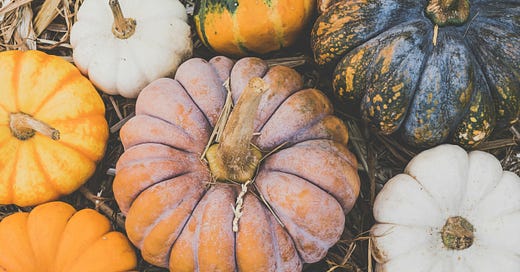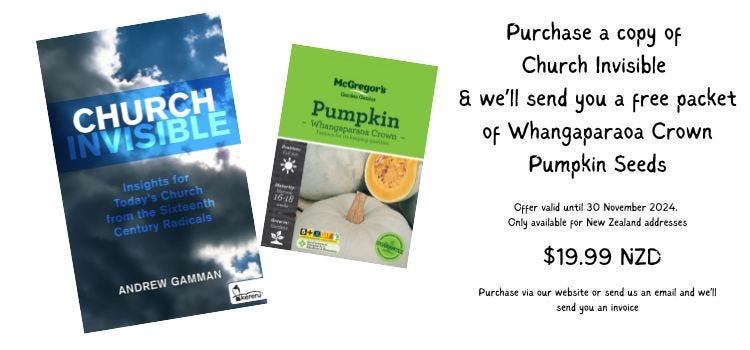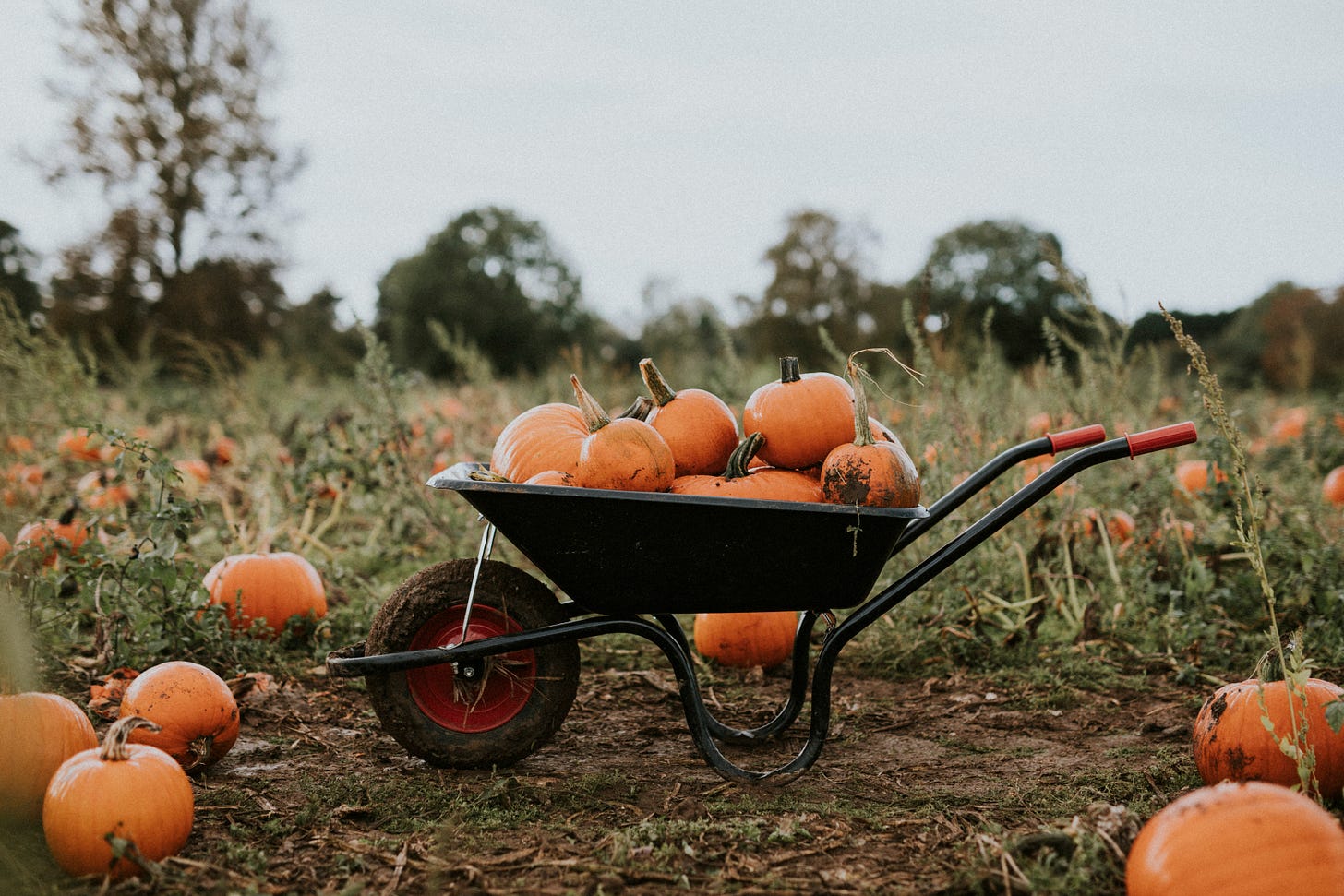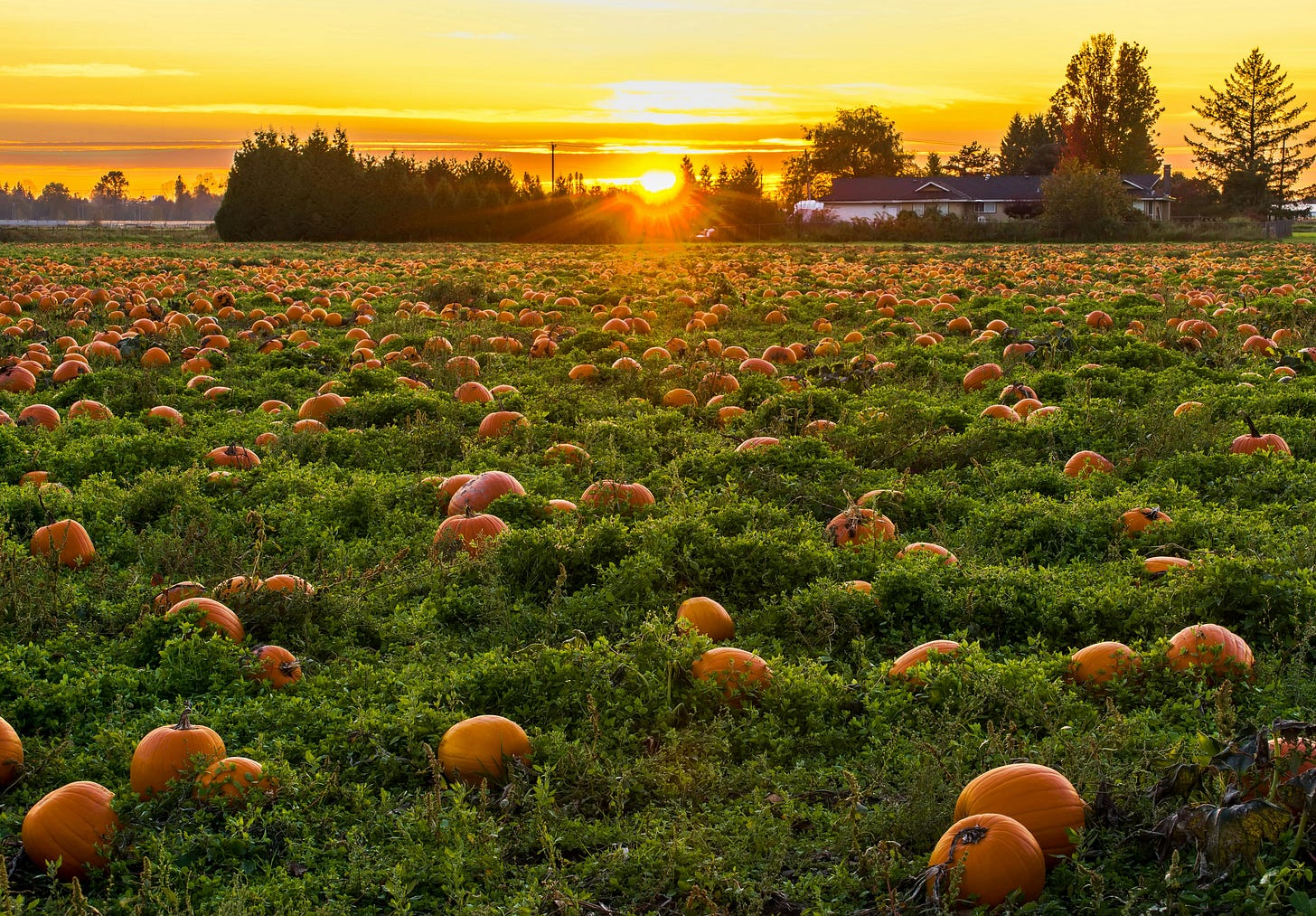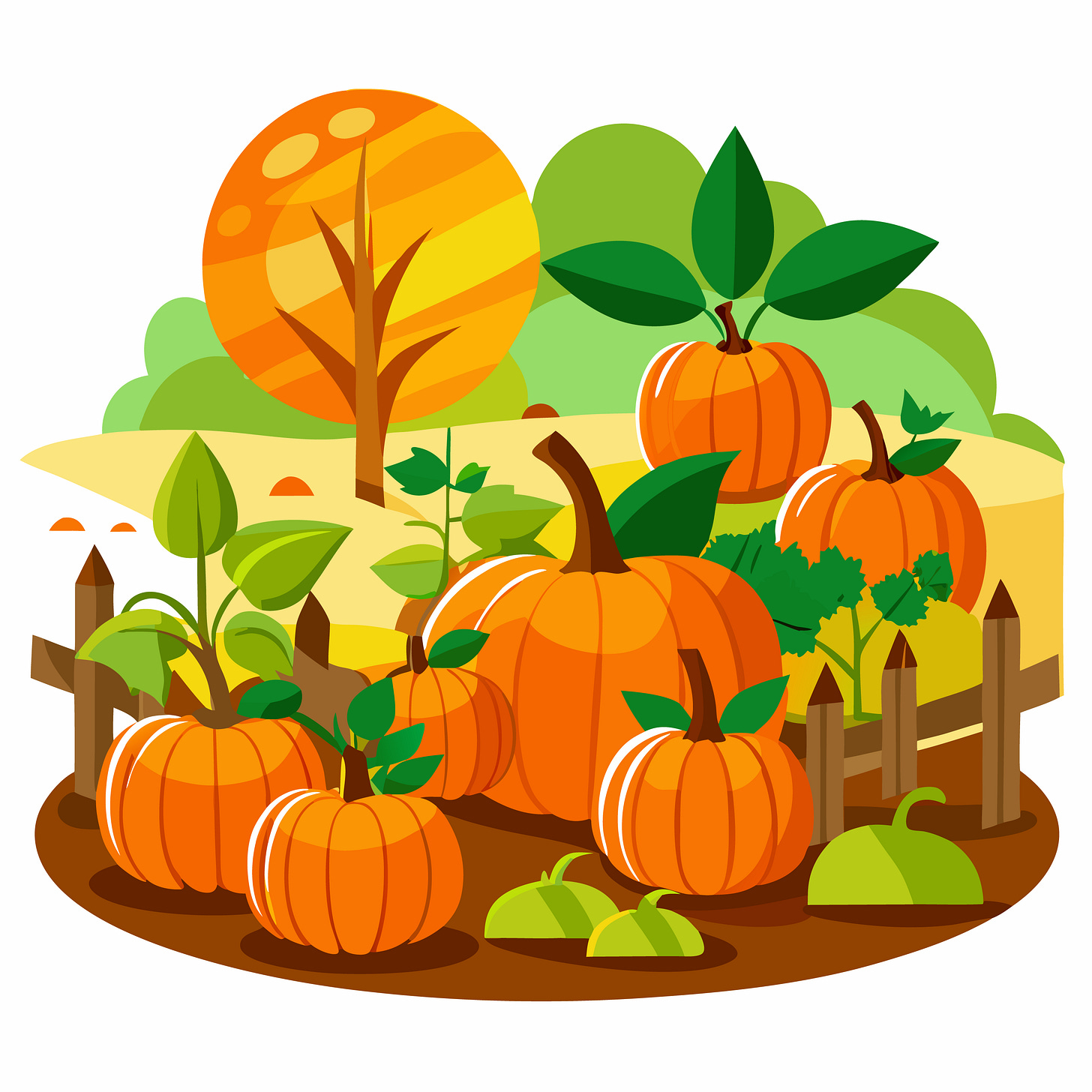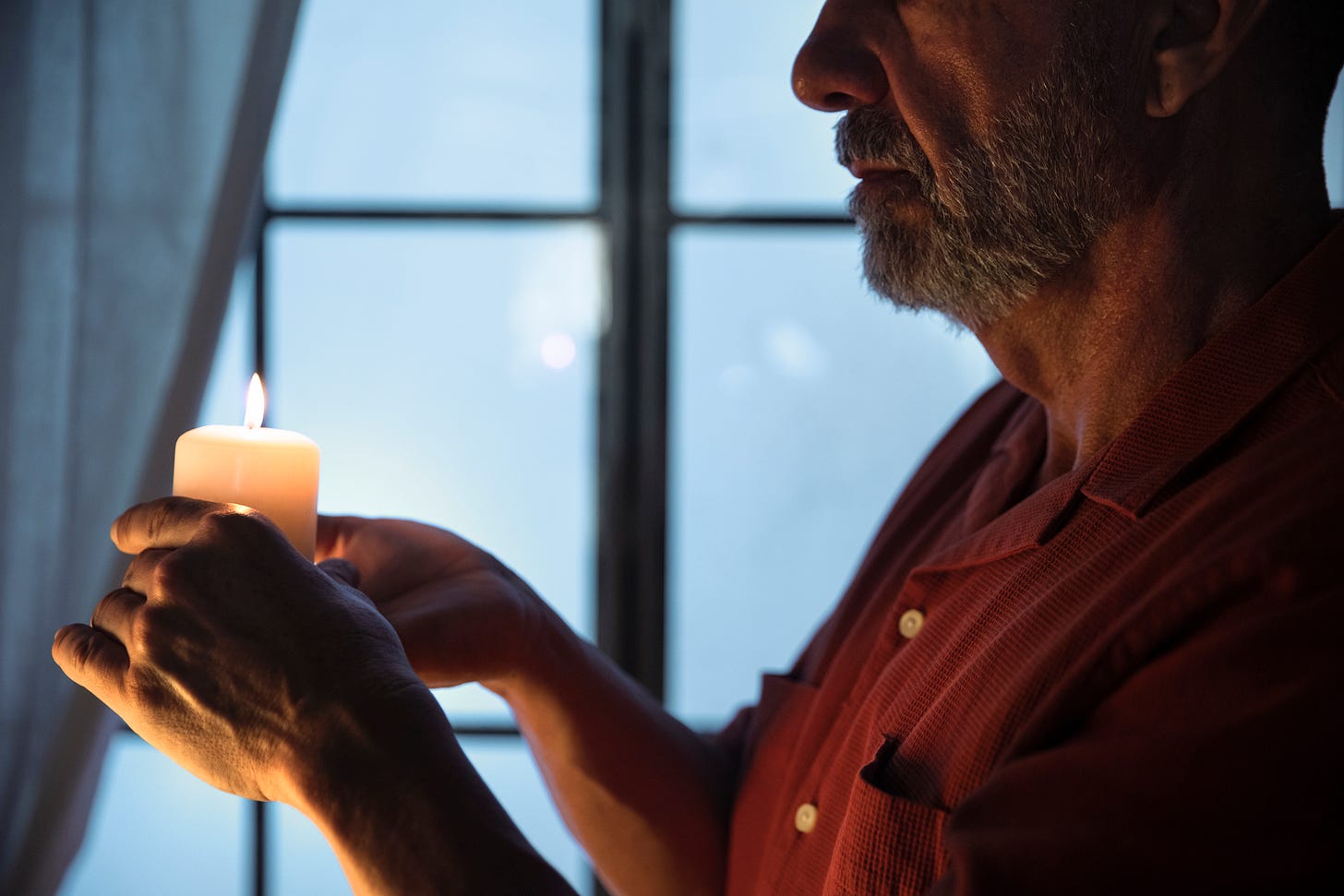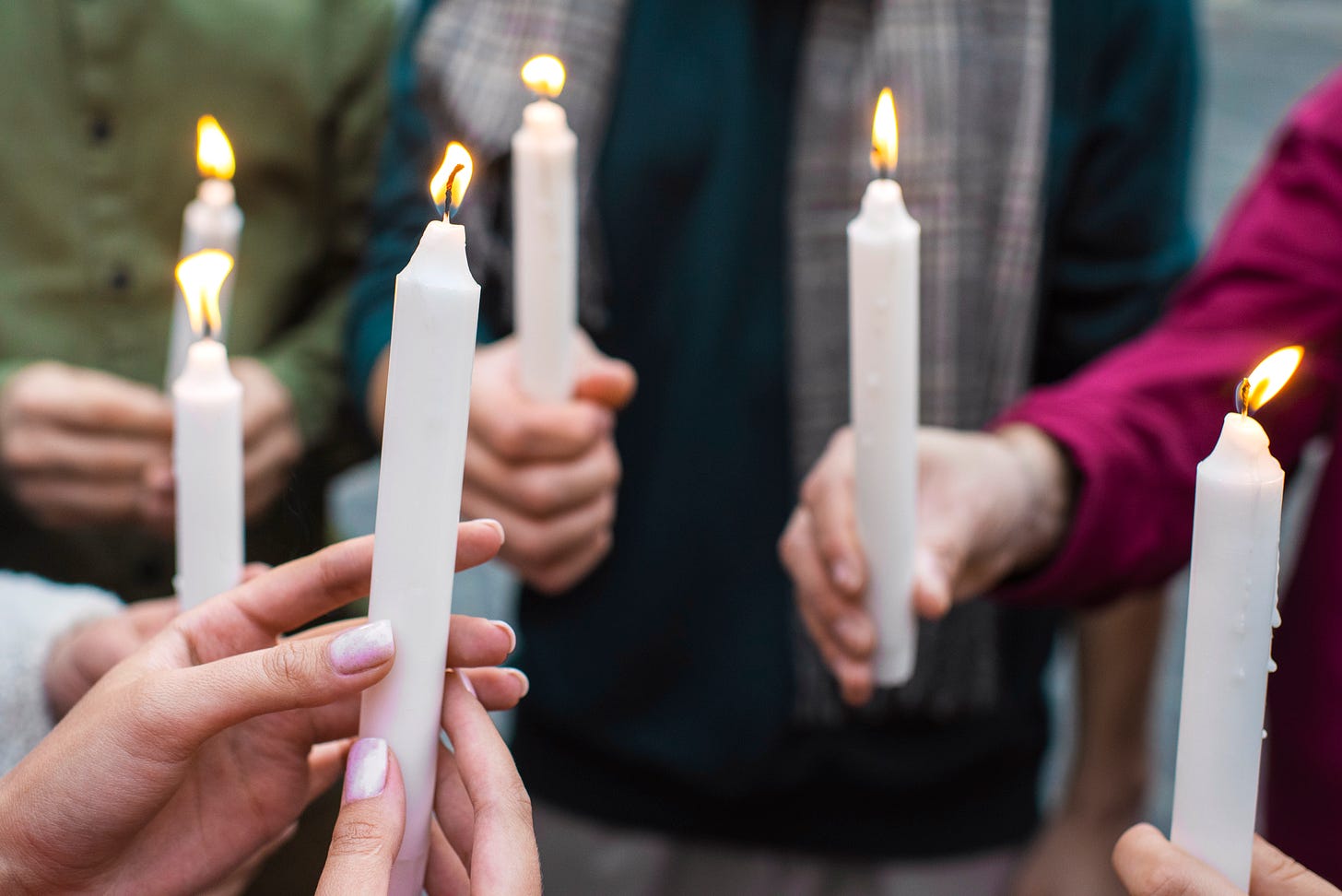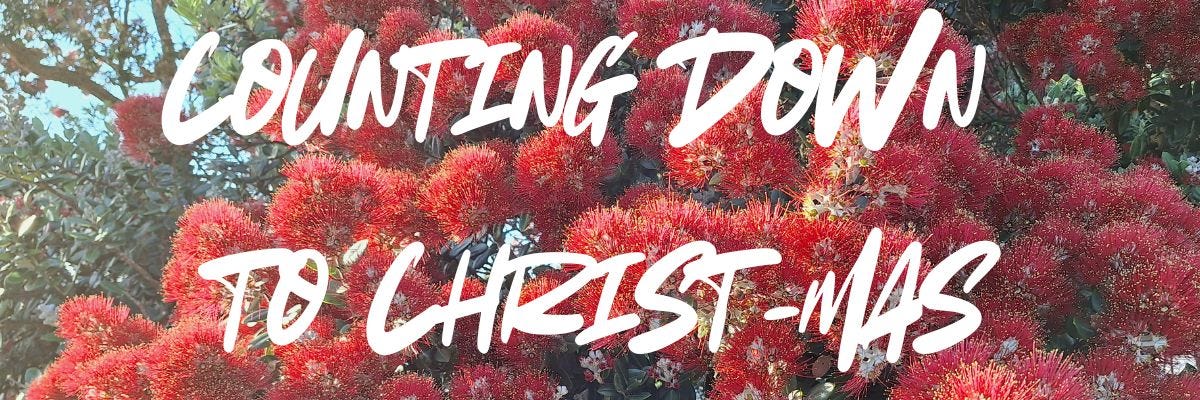What’s in this month’s Seed Disperser
Special offer - Church Invisible and Pumpkin Seeds
Inspiration this month - Pumpkins
Why pumpkins?
The origin of the Whangaparāoa Crown Pumpkin
Life cycle of a pumpkin
Planting pumpkins and seeds of faith
Paddling pumpkins
Happenings this month - All Saints’ Day
Coming up - Counting Down to Christmas
New this month - Lectionary & Calendar Year C
On a personal note - Football
Special offer
Church Invisible and Pumpkin Seeds
We are living in a time in which we are seeing a rapid unravelling of institutional structures in Western society and a re-alignment of values. The church is not faring well in this process. This book takes the form of an earthed and practical theology and asks the question ‘what is the church?’ Rather than a purely theoretical, or a purely pragmatic approach, Andrew Gamman looks to the radical Reformers of the sixteenth century and finds there an emphasis on the church’s invisible realities and on community both of which have a relevance today.
There’s no pumpkins in Church Invisble, but plenty in this edition of The Seed Disperser. Read on to find out why we’re all about pumpkins this month.
Inspiration this month
Pumpkins
October is a great month for planting pumpkin seeds in our garden on the Whangaparāoa Peninsula in Auckland, New Zealand. In the northern hemisphere October is harvest time, and the visual display of pumpkins adds colour into shorter and cooler days. With Harvest and Halloween festivals being celebrated this month, chances are you’ve spotted a pumpkin decoration already this October.
In this month’s edition of The Seed Disperser we’re taking a pumpkin inspired journey to reflect on life and faith no matter where you reside in the world. Our pumpkin journey will creatively reflect on how we can each be inspired to re-energise the ways we share, communicate and carry out our faith living, whether as individuals or in groups such as churches, families or other organisations.
The origin of the Whangaparāoa Crown Pumpkin
Somewhere in my memory I recall hearing the land our house is built on had once been a pumpkin farm before it was subdivided into a beach holiday settlement in the 1960’s. I remember my grandfather successfully growing pumpkins here on the flat of Big Manly Beach on the Whangaparāoa Peninsula after my parents built their holiday home here in the early 1970’s. Since we moved here in 2008, Andrew has also had success with growing pumpkins, many of them self-sown from rich organic compost from our own compost bin. There’s also something about the sandy soil we have here that is good for pumpkin growing.
I asked my mother if she remembered the story of the land our houses are built on, previously being a pumpkin farm, and she didn’t recall this being something she’d heard before. I wondered if my creative brain had made up this idea, so then I did some research. It’s true! It was once a pumpkin farm. (As an aside, locals might enjoy this interview with Guy Hopper who lived on the farm at that time)
During World War 2, American troops were stationed at the end of Whangaparāoa Peninsula in the defence force area that is still inaccessible to the general public. The Americans missed their pumpkin pies, and so innovative local farmer, Kenneth Hopper, got hold of some Australian Crown pumpkin seed and planted out a large area of flat and empty land behind Manly Beach into a field of pumpkins. The result was not just that he met the culinary needs of the Americans, but in doing so, created a whole new variety of pumpkin. It’s only been in recent years that the seed packets call the variety ‘Whangaparāoa Crown Pumpkin’ rather than just plain Crown Pumpkin. If you live in New Zealand, you’ll know this pumpkin. It’s considered to be the classic and most popular pumpkin grown in New Zealand. (See the offer above to get your hands on a packet of Whangaparāoa Crown Pumpkin seeds or buy a packet from your local Garden centre or Hardware store)
Some seeds of learning from the Whangaparāoa Crown Pumpkin for working out ways to be Church in our world today.
Identify the needs of the people around us just like the farmer meeting the needs of the Amercian troops.
Use resources we have available just like the farmer using an empty piece of land
Be open to taking something existing and creating something new like the new variety of pumpkin that was cultivated from an existing variety.
Don’t be surprised if something useful grows in sandy soil like the mysteries of the self-sown pumpkins from our compost bin
Play the long game and don’t expect to see the full extent of our seed planting in our lifetimes.
Life cycle of a pumpkin
The cycle of the seasons involves a circular annual rhythm of seed sowing, caring for the crop, harvesting and resting the ground. The seasons teach us ways of living and managing life and we can each be experiencing different parts in the cycle in our own lives in a variety of different ways. Some readers are experiencing fall or autumn, and others are experiencing spring depending on where we each are in the world. Metaphorically, for some of us, it’s planting time, for others it’s harvesting.
There are six stages of a pumpkin life cycle.
The Seed - absorbs what it needs to start sprouting
The Sprout - seeks sunlight to fuel it’s growth
The Vine - carry water and nutrients to support development
The Flower - pollination is required for the plant to fruit
The Green Pumpkin - busy storing sugars and hardening skin
The Mature Pumpkin - ready for harvest with an inbuilt plan to start the cycle all over again.
An All Age activity for working out our stage in the life cycle as a Church in our world today.
Use these starter ideas and questions for each stage to determine where you’re at as a church, organisation or an individual.
Seed stage? - What do you need to absorb in order to start growing healthy and strong?
Sprout stage? - In what ways have you got your eyes on the Light of the World, fueling you for the journey you’re on?
Vine stage? - What tendrils are you sending out far and wide to see where you can find sources of water and nutrients, people and resources to support your development?
Flower stage? - There’s time to rest and enjoy what you’ve produced so far, but don’t just sit there looking pretty, if you don’t get pollinated, there’ll be no fruit. What is your pollinator?
Green pumpkin stage? - What does it look like for you to take time to develop inner strength and goodness.
Mature pumpkin stage? - What does a celebration look like for you and what are you doing to preserve seeds to keep growing?
For everything there is a season and a time for every matter under heaven:
a time to be born and a time to die;
a time to plant and a time to pluck up what is planted;
a time to kill and a time to heal;
a time to break down and a time to build up;
a time to weep and a time to laugh;
a time to mourn and a time to dance;
a time to throw away stones and a time to gather stones together;
a time to embrace and a time to refrain from embracing;
a time to seek and a time to lose;
a time to keep and a time to throw away;
a time to tear and a time to sew;
a time to keep silent and a time to speak;
a time to love and a time to hate;
a time for war and a time for peace.
Ecclesiastes 3:1-8 (NRSUV)
Planting pumpkins and seeds of faith
While Andrew has deliberately grown pumpkins, in our vegetable garden, our homegrown pumpkins tend to be the self-sown variety, the kind that decide that our garden beds are just the right spot to dig in and spread out. We quite like the surprise factor element to this process. However if you want to grow pumpkins here’s a few growing tips from Tui or these tips from Yates or an article from Stuff.
Top tips for planting pumpkins
Find a sunny spot in the garden with plenty of space for the plants to spread.
Add rich organic matter to the soil like compost
Plant 1 - 2 metres apart. Make mounds and sow 3-4 seeds in each mound. Give the seeds a good drink of water after planting.
When the seeds germinate, thin the plants to the two strongest in each mound
Keep the plants watered when the soil is dry, or the weather is hot or windy. Use pea straw to help retain soil moisture.
Harvest the pumpkins as the vine starts to die and the stalk turns brown.
Some seeds of learning from planting to harvesting pumpkins about approaching being Church in our world today.
Take time to prepare your plans, but also be prepared for surprise plans to appear unexpectedly.
Enrich your plans organically as best suits your own place and people.
Allow time and space for refreshment so you don’t burn all your energy early on in your plans to try something new.
Acknowledge that not all ideas will sprout or grow so be prepared to thin out the ideas and put effort and energy into the ideas that are thriving.
Be patient for the harvest. Good things take time.
Paddling pumpkins
How far could you paddle down a river in a hollowed out pumpkin? Seriously, this is a real thing! Read this article from the National Geographic and here’s another one from The Guardian to find out more about this record breaking harvest hobby. Prefer a video? Watch this short one from earlier this year in Australia. Here’s another video from this time last year in the USA… seems every year there are paddlers hoping to break the previous record.
In 2024, earlier this month, the world record was broken again, by Gary Kristensen in Oregon. He paddled 73.5 km paddling a 450 kg pumpkin (after the insides were scooped out). Read his story from Oregon Public Broadcasting. There’s a link to an audio interview in the article that is worth a listen to hear more about his multi-day adventure and what it takes to paddle a pumpkin to a record breaking win.
Some paddle splashes from pumpkin paddling about creating sustainable plans for being Church in our world today
Have an audacious goal but be realistic - you might not be a winner this time, but trying is everything.
Plan breaks and rest times. You’ll need your strength.
It’s okay to be nervous, scared and uncertain… you’re doing something new.
Be prepared for people to be surprised at some of your ideas. They may not even recognise the boat you’re on or the journey you’re taking. Some people might find what you’re doing is odd or unusual.
Challenges are part of the journey. Approach these with humour and humility.
Creativity is needed as is a willingness to adapt the plan if needed.
Enjoy the journey. Appreciate the scenery, views and people you meet along the way.
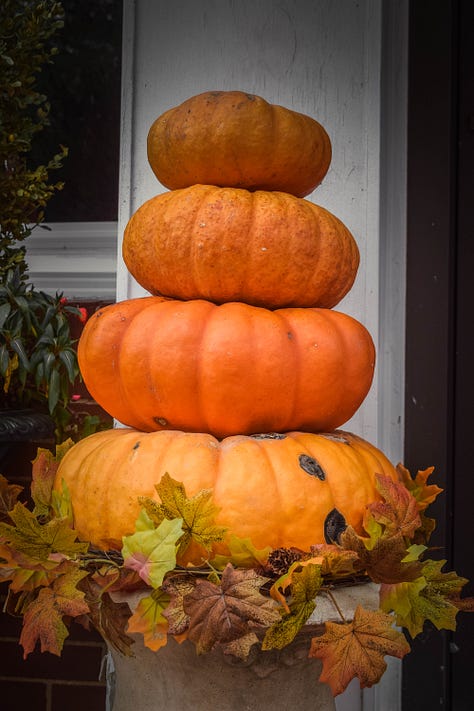
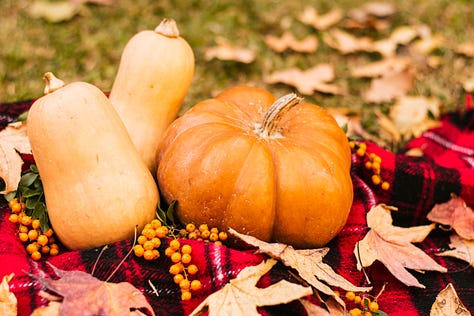
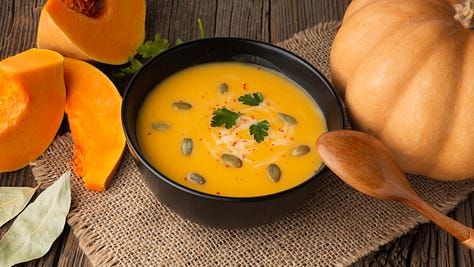
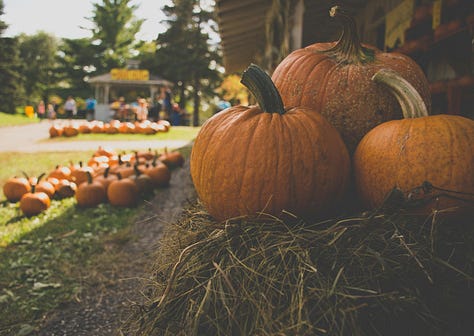

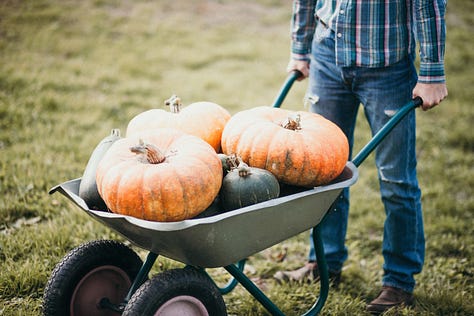
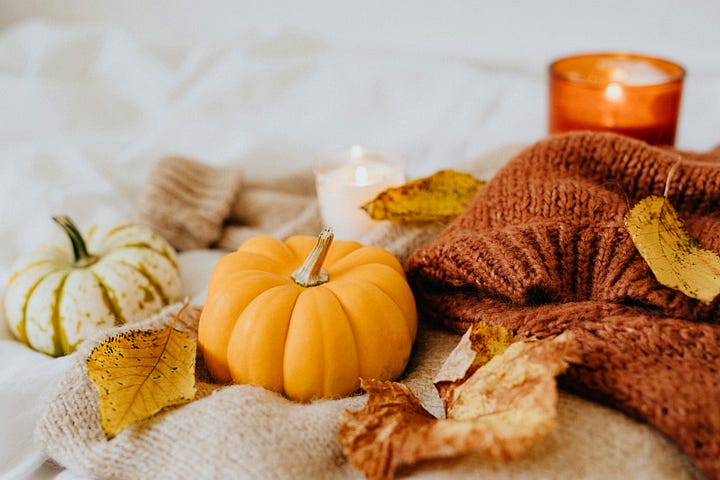
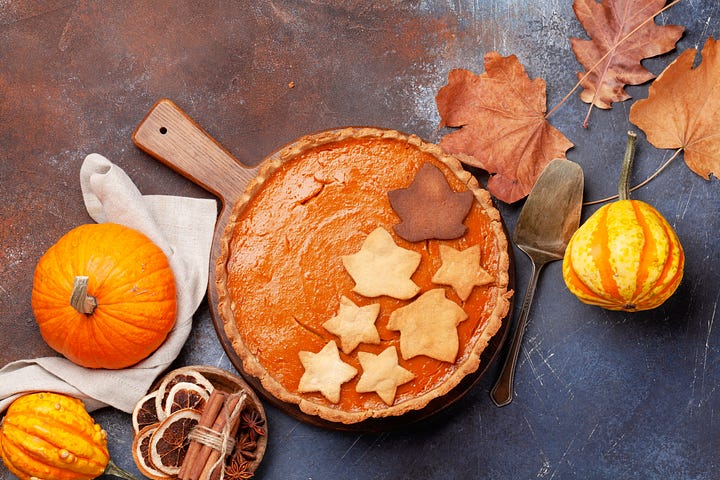
Happenings
All Saints’ Day
All Saint’s Day is on 1 November each year and is often commemorated in churches on the first Sunday of November. It is a day to remember with thanksgiving those who have died with faith in Christ. We use this time to think of those people who have been especially honoured by the church around the world. However, the word “saints” is used in the New Testament of all Christians and includes both the living and the dead. We are saints in the sense that we are made holy by our faith in Christ. It is a time to remember that the church does not just consist of those who meet with us today, but it is all those Christians who have lived in generations past. Colourful All Saints’ traditions have developed around the world, often combining Christian belief with local cultural elements. Latin American traditions include parades, fireworks, making wreaths and skeletons and displays of flowers, as well as joyful family get-togethers at the cemetery where graves are colourfully decorated. In many European countries the day is observed as a public holiday.
Whether you are at home by yourself, or meeting with a group, take the opportunity to light a candle and quietly pray a prayer of thanksgiving for the life of a loved one who has died. In a group you could have a remembrance bowl. Make pencils and small strips of paper available and ask those present to write the names of those that they wish to remember. Get them to bring the names and place them in a bowl, before leading in a prayer of thanksgiving.
Coming up
Counting Down to Christmas
Thanks to a generous donation from a sponsor, this year Counting Down to Christmas is offered free for all subscribers. You are not automatically signed up if you are a subscriber of The Seed Disperser. You will need to sign up yourself. Sign up can be either via our website or directly into the Counting Down to Christmas substack site. Invite others to join in.
The theme for this year is…. Te Taha Taiao - Ka Tangi Te Tītī
Alongside the natural world - the Tītī calls.
When the Tītī calls we hear one of God’s creations celebrating. The space which we all occupy in the created order is strengthened by our collaborative efforts and our desire to honour the other. We all belong, as God intended, and sharing that space with the entire natural world means we can all call in celebration. Ka tangi te katoa - we all call.

Language (reo) and words are more than just tools for communication. Our reo helps us make sense of our world. The reo we regularly use to both listen and speak are part of our identity and our culture. Our reo provides us with a place to belong, our words ground us and connect us to those who have gone before us and those we walk alongside. Our words are part of us and yet they have a life outside of us. When we speak, we share our words with others. Long after we’ve physically moved away from the person we were speaking to, our words continue to have an impact. Our words mean something to us, and they also mean something to those who hear them.
When John writes his gospel he doesn’t begin in the same way Matthew or Luke write their gospels. John doesn’t start with the story of the birth of Jesus Christ, born to Jewish parents in a little town called Bethlehem. Instead John goes much further back, so far back that he talks of the beginning of time, before the beginning of creation, before anything was created or made. John encounters a problem when he is faced with writing about Jesus in this time before anything. What will he call Jesus, before Jesus was born, before the world was created? How can he name Jesus and show Jesus’ true self? He offers a name for Jesus that sits above all languages, all cultures, all times…
“In the beginning was the one
who is called the Word.
The Word was with God
and was truly God.
From the very beginning
the Word was with God.” John 1:1 (CEV).
You can read more about this year’s Counting Down to Christmas in this post on the Substack website. We’ll be posting more about what to expect, on the Substack website over the next few weeks before we officially start on 1 December.
Counting Down to Christmas this year is a writing collaboration between Rev Jacynthia Murphy and Caroline Bindon with the involvement of a few others too.
Want to be involved?
If you are a speaker of te reo we’d love it if you could make a short video for us to use as one part of our daily countdown. The vibe of these videos is an invitation to draw closer, as if the speaker has just popped into the listener's living room for a friendly korero. The setting can be very casual and recorded on a phone or laptop. Videos should be no longer than five minutes. The video or audio clip might be from one person or a group of people talking together. Contact Caroline for a list of words we’re including over the 25 day countdown. To give you an idea of what we’re looking for with this segment, watch this video made by our friend Rebecca, talking about the word pōhēhē, which means ‘to think mistakenly’.
New this month
Lectionary & Calendar Year C
If you’re a subscriber to our weekly lectionary resource Taking Flight, you might find it useful to have your own copy of the Lectionary & Calendar for 2024-2025. We offer a free downloadable copy on our website. You can contact us if you’d prefer to purchase a printed copy on demand ($5 plus postage)
On a personal note
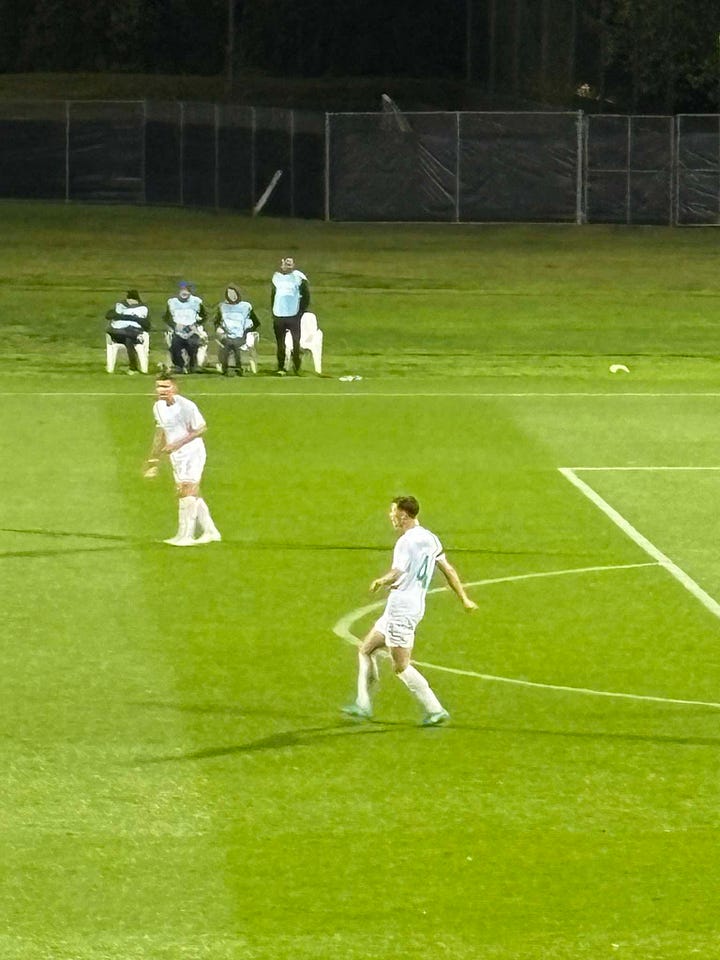

The highlight in the last month was getting to see our 19 year old nephew Tyler Bindon, play football on home ground for the All Whites for the first time since he joined the team last year. Andrew has become the family organiser for getting tickets for our large extended family, navigating the complexity of booking large groups when there’s a ticket limit! The family were delighted to be there to support him, and he was rapt to have his people in the crowd. Tyler will be back in November for two more All White games, one in Auckland and the other in Hamilton. We’ll be hoping for a chance to see him off the field for a brief time before he’s back on a plane to return to Reading FC, in the UK, where he is playing professionally.

